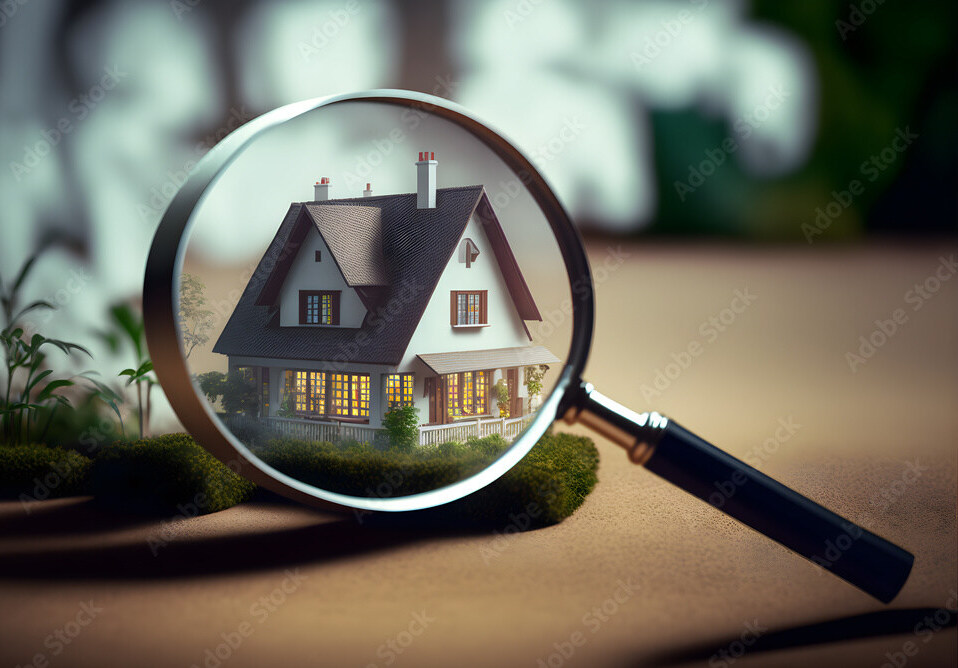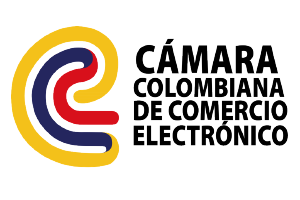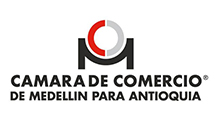What does it consist of?
The process of ownership of real estate refers to a judicial process through which a person who has had possession of real estate, without being the owner of the property, for a certain period of time, may become the owner of the property, provided he/she has complied with certain requirements. It is regulated by the Civil Code (mainly Article 2512) and by Law 1561 of 2012.
This process may be initiated by any person who has owned the real estate in a peaceful, continuous, public manner and who has acted as owner for at least 5 years in the case of urban real estate and 10 years in the case of rural real estate.
To carry out the process the following step by step must be followed:
- Verification of requirements: the person must corroborate that he/she complies with the requirements of having possessed the real estate in a peaceful, continuous, public manner and acting as owner for at least 5 years in the case of urban real estate or 10 years in the case of rural real estate.
- Compilation of evidence: all the necessary evidence must be gathered to prove that the aforementioned requirements were effectively met, such as utility and tax payment receipts, public deeds and any other document that may prove that the person owned the property under the conditions expressed above.
- Presentation of the claim: once all the evidence is available, the claim must be presented before the respective competent judge (civil judge of the circuit) of the jurisdiction where the property in question is located. This demand must contain a detailed description of the property and evidence of compliance with the requirements.
- Admission of the claim: the judge will review the claim and determine if it complies with the formal requirements, if so, the claim will be admitted and the defendant will be notified.
- Hearing and evidence: the process will be carried out through hearings in which the parties will present evidence and the judge will listen to each of them. Evidence may include witnesses, documents and any other relevant means of proof to demonstrate possession of the property.
- Judgment: at the end of the process, the judge will issue a judgment in which he will determine if the plaintiff effectively fulfills the requirements to prove ownership of the property by ownership, if so, the judge will grant the person the ownership of the property making him/her the owner of the property.
- Registration of the judgment: the judgment must be registered in the Public Instruments Registry Office so that the person can obtain formal ownership of the real estate.
This process can last between 6 months and 2 years, depending on whether or not the defendant files an opposition to the lawsuit or appeals against the judgment.
It is important to point out that this is a complex process that requires the advice of a specialized lawyer for its correct execution.
Associated costs
Some of the costs involved in this process are:
- Representative attorney’s fees.
- Costs of evidence (in cases where an expert opinion or title search is requested).
- Judicial costs.
- Registration at the Public Registry Office (approximately $115,000).
With the aforementioned expenses, the approximate cost of the process must be calculated in each specific case.
References
- Law 1561 of 2012 – Regulatory Manager. (2015, December 1). Civil Service. https://www.funcionpublica.gov.co/eva/gestornormativo/norma.php?i=48379
- Law 84 of 1873 – Civil Code. (1873, May 31). Senate Secretariat. http://www.secretariasenado.gov.co/senado/basedoc/codigo_civil.html#1
- Process of belonging / Gerencia.com. (n, f.). https://www.gerencie.com/proceso-de-pertenencia.html



